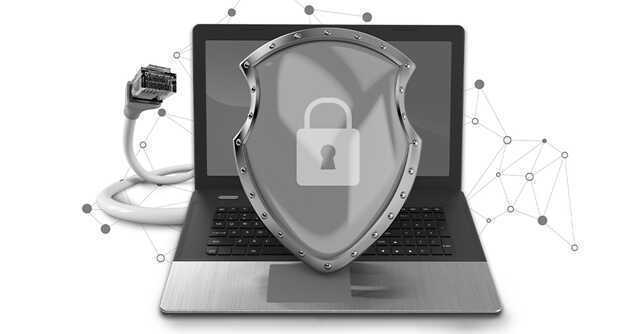
Only 5% of enterprises have a robust remote access security protocol in place: Checkpoint


Only 5% of organisations have all recommended remote access security methods in place for their remote devices, a CheckPoint report claimed.
The shift to remote work had left many users and devices exposed to a wider threat landscape, with cybercriminals also becoming increasingly sophisticated with their attacks. However, even amidst the seemingly dangerous landscape, many enterprises seem to be lacking when it comes to implementing a strict security protocol for remote employees.
Checkpoint pointed out five methods that had to be deployed for a good cybersecurity posture, these URL filtering, URL reputation, content disarm & reconstruction (CDR), zero phishing and credentials protection.

While URL filtering and reputation are self-explanatory, CDR refers to a proactive protection method, where documents with malware, used as primary tools to carry out the attack are thwarted. Zero phishing, on the other hand, identifies and blocks phishing sites in real time.
Also read: FBI warns 2022 Beijing Olympics of cyber threats
About 20% of the 1,200 IT security professionals surveyed said that they did not use even one of the five methods to protect remote users. While only 9% used all five methods or had similar methods to counter threats.

“While many companies have embraced the new hybrid and remote work models, they have not adopted all of the critical solutions needed to secure their remote workforce,” said Itai Greenberg, Vice President of Product Management at Check Point Software Technologies.
“This survey confirmed that organisations have a gap when it comes to users, devices, and access security,” Greenberg added.
Around 26% of the respondents also did not possess an endpoint solution to detect and stop ransomware attacks.

Back in October last year, a 40% increase in cyber-attacks globally was reported as compared to 2020. Even more alarming is that on a weekly basis, atleast 1 out of 61 companies were attacked by ransomware.
Alarmingly, only 12% of organisations that allow access to work emails from mobile devices used a mobile threat defense solution. It is no surprise then that malware on remote devices has doubled since 2020, according to Jamf.
The Jamf study also showed that 1 out of ten users were found to be clicking on phishing sites from their mobile and remote devices, and 7% still had access to sensitive company data from compromised devices.

